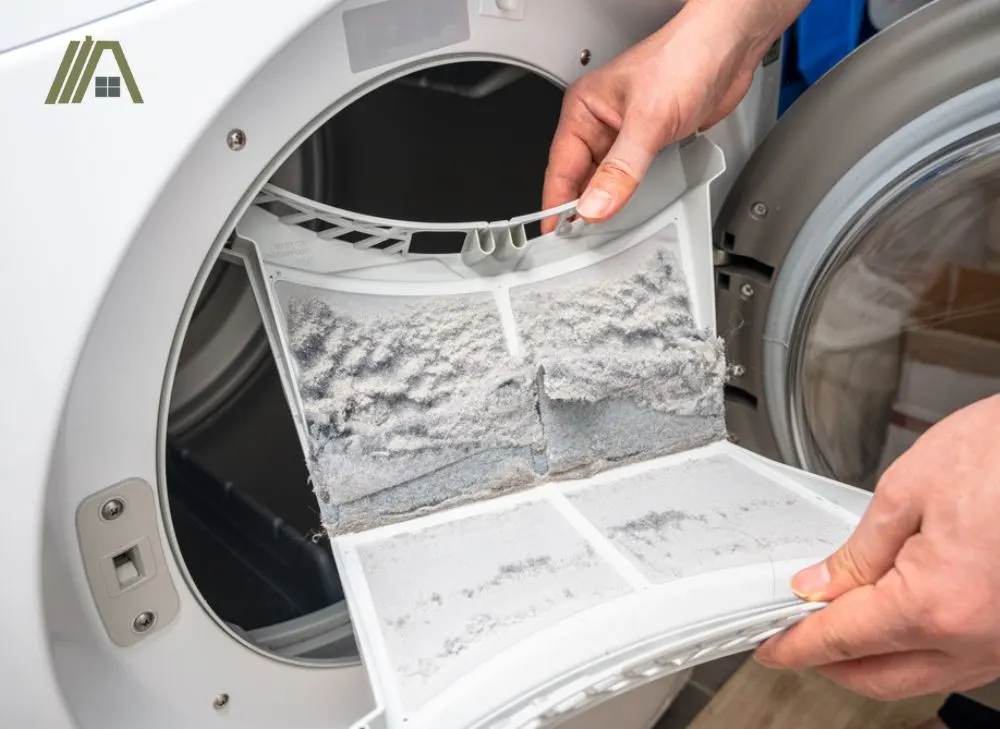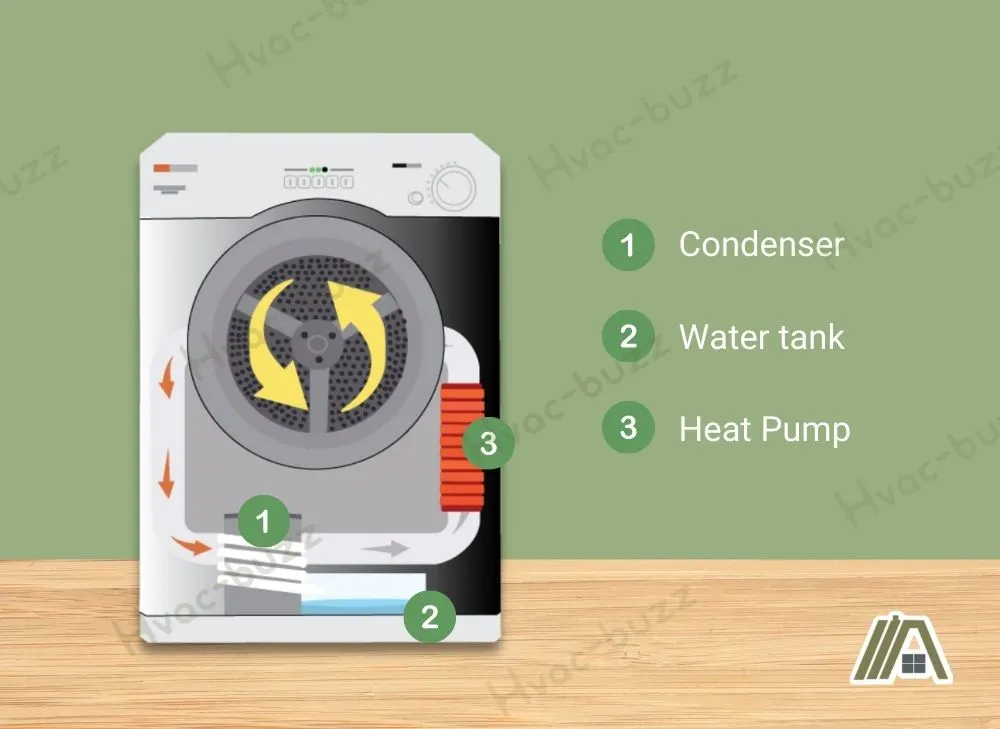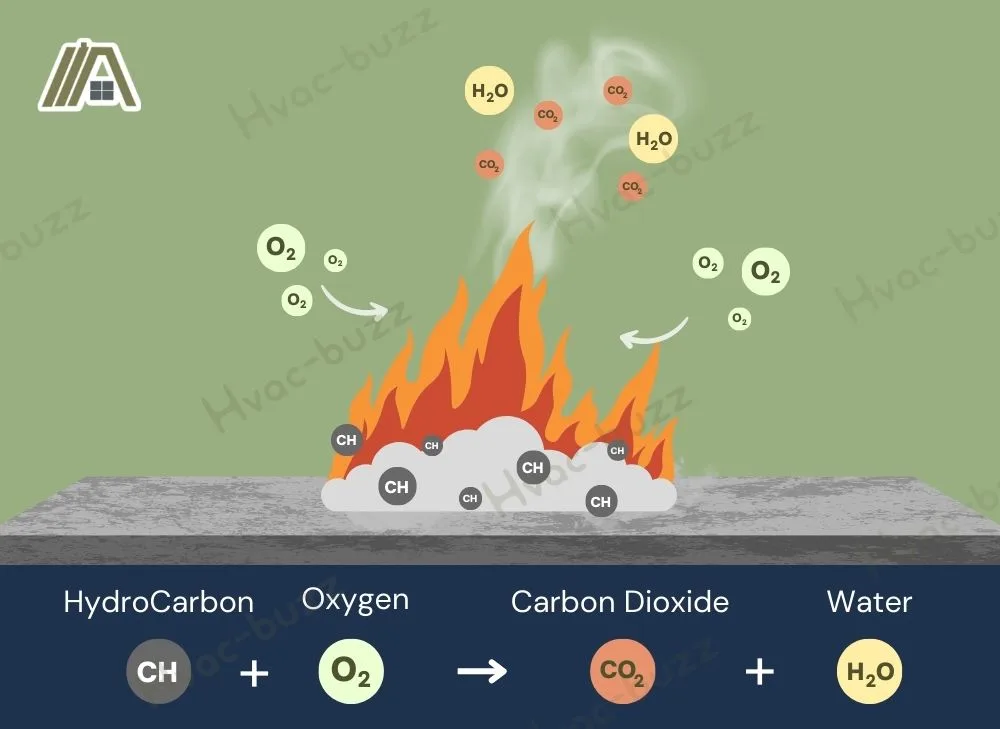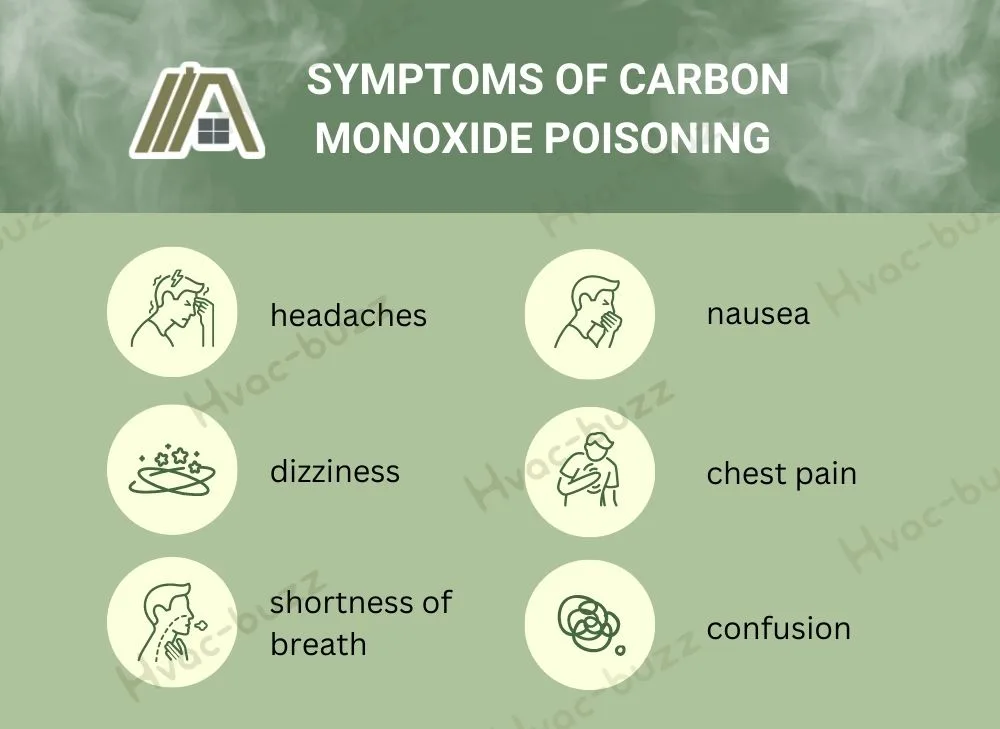I don’t know about you, but if the ducts weren’t already installed when I moved in, I would seriously consider never owning a dryer or I would go ventless. I mean, imagine not having to clean out or repair those ducts!
The only hitch it that I would have to go electric if I wanted a ventless dryer. Ventless gas dryers do not exist, and there are very good reasons why.

Currently, there is no such thing as a ventless gas dryer. A standard gas dryer produces harmful combustion gases that need to be vented to the outside for safety reasons. The technology to create a ventless gas dryer does not exist, and it would be a complex and expensive process to develop.
Why Ventless Dryers Can Be Ventless
To understand why a gas dryer can’t be vented, we need to understand how a ventless dryer works.
They Filter Lint From Exhausted Air
Ventless dryers use a combination of filters to remove lint, dust, and other particles generated during the drying process.
The first line of defense is a lint filter, which is typically located in the dryer drum or in the air exhaust duct.
This filter captures most of the lint produced during the drying process. The lint filter is usually made of a fine mesh material that traps lint and other debris and can either be reusable or disposable.

The next line of defense is a condenser filter. In vented dryers, the exhausted air is passed through a condenser unit before being released into the room.
The filter is located in the condenser unit, and captures any remaining lint, dust, and other particles that may have passed through the first lint filter.
Finally, some ventless dryers also use a carbon filter to remove odors. This filter is also located in the condenser unit and captures any odor-causing molecules present in the “used” air.
In vented dryers, any lint that makes it through the lint filter, and any odors in the used air are simply exhausted outside the house where they are not going to cause a problem. So, the extra filters are the solution to this.
Moisture Is Removed From the Exhaust (Cooling)
In ventless dryers, the moisture is removed from the exhausted air through the use of a condenser. The condenser works by using a refrigerant to cool the hot, moist air from the dryer drum.
The refrigerant is a fluid that absorbs heat as it evaporates and releases heat as it condenses. It is contained in coils.
When the air from the dryer drum is passed through the condenser unit, the air comes into contact with a series of coils that are chilled by the refrigerant.
The coils absorb the heat from the air, causing the moisture in the air to condense into droplets of water. These droplets are then collected in a reservoir located within the dryer.

Once the moisture is removed, the cooled, dry air is then released back into the room through an exhaust duct. This process eliminates the need for a vent to the outside, as the moisture is not released into the air.
No Way to Remove Combustion Gases
So, why couldn’t a gas dryer use filters to catch lint or a condenser to remove moisture? They could, but we are missing one crucial aspect of a gas dryer, and that is how they heat the clothes.
Gas dryers use combustion to create heat that increases the air temperature, which in turn dries your clothes.
Combustion is a process where a fuel reacts rapidly with oxygen to create heat. In a gas dryer, this process occurs in the gas assembly, where the igniter, natural gas, and air are combined to generate heat to dry your clothes.

A gas dryer that uses natural gas or propane as a heat source will produce a variety of combustion gases as a byproduct of burning the fuel. The main combustion gases a gas dryer produces are carbon dioxide, carbon monoxide, nitrogen oxide, water vapor, and sulfur dioxide.
A properly maintained and well-functioning gas dryer should produce minimal levels of these gases, and they should be vented to the outside as part of the exhaust through a vent pipe to ensure safe operation, and to prevent the buildup of harmful gases inside your home.
Because ventless dryers use condensation drying, and use filters to remove lint, dust, and other particles, there is no need for a ventless dryer to have an exhaust or vent, hence their name.
If a ventless dryer were to be gas, the combustion gases would be released into the room and would eventually build up in your home.
It could be possible to design a mechanism to eliminate the combustion gases produced by a ventless gas dryer, but it would likely be complex and expensive.
One option could be the use of a catalytic converter, similar to those found in cars, which would convert the harmful gases into less harmful compounds before they are released into the air.
Another option could be to use a scrubber system, which would use chemical reactions or filters to remove the harmful gases from the dryer.
However, both these options would require significant engineering and design and would likely add significant costs to the dryer. In addition, if the mechanisms fail, the combustion gases would not be eliminated and would instead be released into your home.
Ventless Gas Dryers Would Be Dangerous
Carbon Dioxide (Normal Function)
As I’ve mentioned above, during the combustion process within a gas dryer, small amounts of carbon dioxide (CO2) are released as a byproduct. Usually, the amount of CO2 released by a gas dryer is not harmful to our health and shouldn’t concern you.
However, if the gas dryer were ventless, the CO2 emissions would start to accumulate within your dryer and eventually lead to higher-than-normal levels of CO2 in your home.
This increased CO2 can cause symptoms such as headaches, dizziness, nausea, fatigue, shortness of breath, increased heart rate, and central nervous system depression. It can also cause seizures, unconsciousness, and even death in severe cases.
Carbon Monoxide (Faulty Dryers)
If a ventless gas dryer were to have a fault, the repercussions could be severe.
If the mechanism that neutralizes the harmful combustion gases were to fail, the gases would not be eliminated. They would be released into your home. The biggest concern, of course, would be the release of Carbon monoxide (CO).
When you breathe in CO, it enters your bloodstream and attaches to the hemoglobin, which is responsible for carrying oxygen throughout your body. This can reduce the amount of oxygen that your body receives, leading to hypoxia (low oxygen levels).
The symptoms of carbon monoxide poisoning include flu-like symptoms, headaches, dizziness, shortness of breath, nausea, chest pain, and confusion. High levels of CO can also cause brain damage, organ failure, and even death.

CO can also cause damage to the heart, such as angina, heart attack, and heart failure if you inhale it over long periods of time.
It can also potentially damage your brain. Exposure can cause neurological symptoms such as memory loss, confusion, and difficulty thinking and walking.
Pregnant women, fetuses, infants, children, and people with pre-existing medical conditions such as heart disease, anemia, or respiratory problems are particularly susceptible to the effects of CO.
Sources
https://ohsonline.com/Articles/2006/07/Carbon-Dioxide-Measures-Up-as-a-Real-Hazard
https://www.health.state.mn.us/communities/environment/air/toxins/index.html
